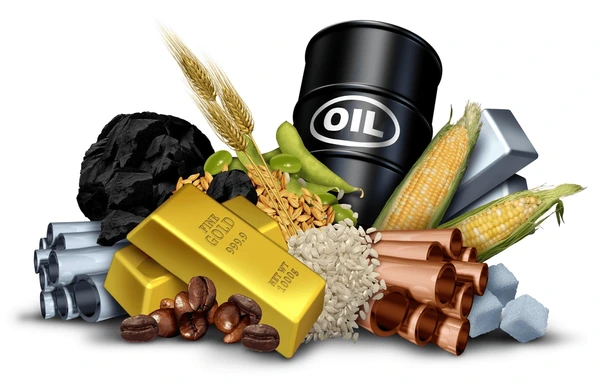


Directory of Turquoise suppliers in Russia
 میکاییل کلارک7 months ago
میکاییل کلارک7 months ago گارنت آلماندین رافRuby, Agate, Diamond, Lapis Lazuli, Amber, Topaz, Emerald, Jade, Charoite, Spinel, Tanzanite
گارنت آلماندین رافRuby, Agate, Diamond, Lapis Lazuli, Amber, Topaz, Emerald, Jade, Charoite, Spinel, Tanzanite Artur18 months ago
Artur18 months ago Prayer beads made from amberAmber
Prayer beads made from amberAmber LLC Trading Center "Machine Building Plants"18 months ago
LLC Trading Center "Machine Building Plants"18 months ago Raw materials & Agriculture products for export from Russia
Raw materials & Agriculture products for export from Russia



